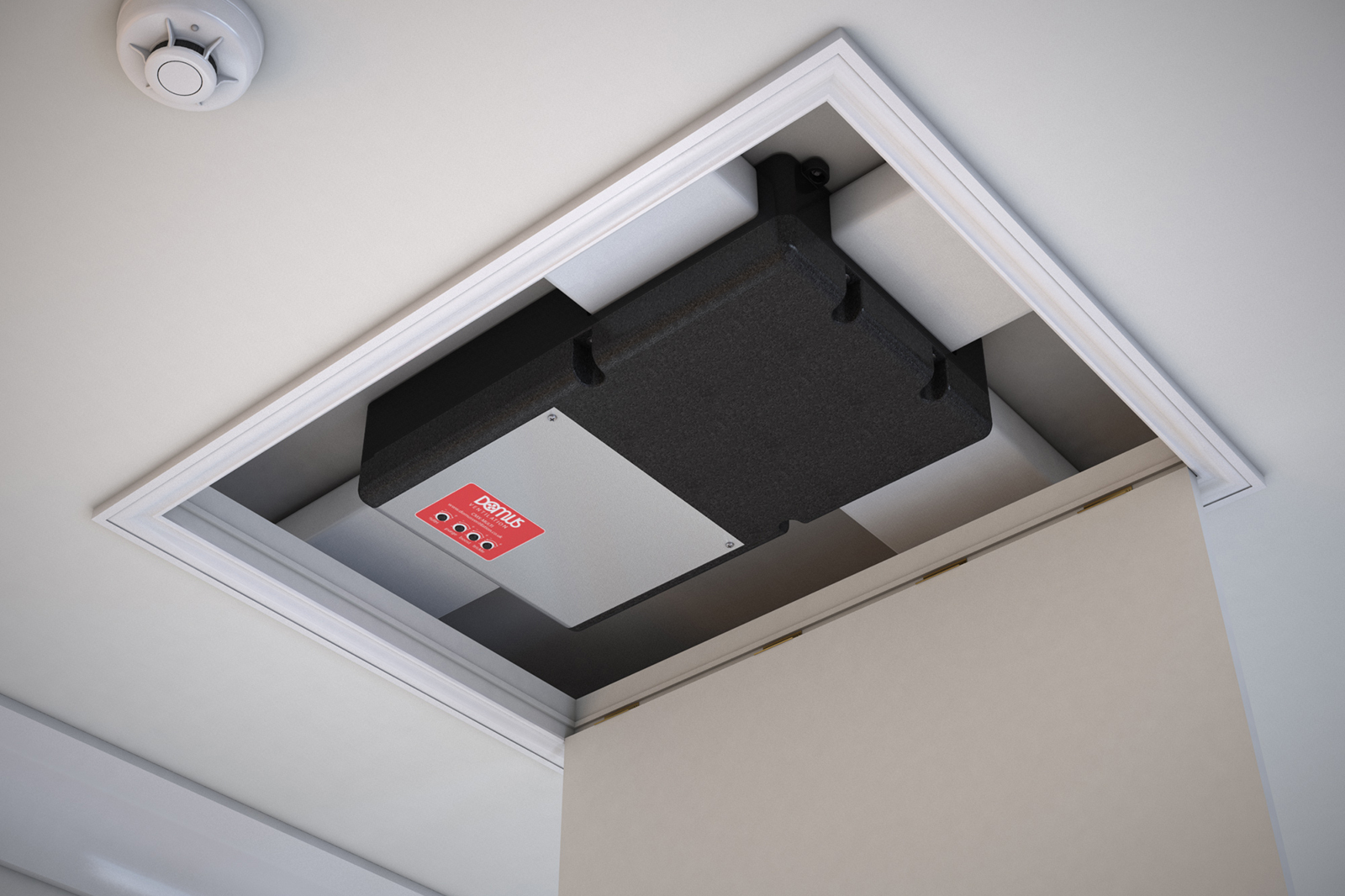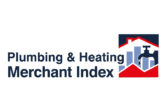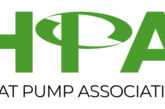
Condensation is a real and present danger, says Paul Williams, Domus Ventilation Product Manager.
Condensation forms when the humidity level in the indoor air reaches saturation point and that air comes into contact with a cold surface, such as a window, turning into liquid water. Surface condensation is linked to everyday home activities such as cooking, bathing, washing and drying clothes, and even just breathing. Kitchens and bathrooms are usually the most affected areas as moisture levels are typically highest.
And it isn’t just a nuisance. Excess condensation left within a property can lead to the formation of damp patches then mould growth. The potential health impacts include asthma, eye irritation, respiratory problems, skin reactions, headaches and persistent sneezing. Even more serious problems can result from exposure to mycotoxins – chemicals released by toxic mould.
Condensation also has consequences for the property. Mould and dampness can lead to musty smells, staining, peeling wallpaper, cracked wall surfaces, plaster degradation, warped window frames and even structural damage over time, all of which comes at a cost to repair.
Widespread issue
The English Housing Survey Headline Report 2020-21 stated that in 2020 2% of homes had problems with condensation and mould (namely where there are extensive patches of mould growth on walls and ceilings and/or mildew on soft furnishings). When you consider there are an estimated 24 million households in England, that 2% equates to 480,000 homes suffering from serious condensation and mould.
Over the years, the onus has been placed on residents to make lifestyle changes to reduce condensation, such as drying clothes outside. However, recent research has verified that construction and external factors play more of a role in the development of these issues than residents’ behaviour: damp and mould are directly linked to badly insulated and poorly ventilated houses.
If we improve the ventilation in a home, we lower the humidity. It really is as simple as that.
Retrofit options
For existing properties, the most cost-effective options are bathroom and kitchen intermittent extraction fans or single flow, continuous running decentralised mechanical ventilation fans, such as the new Domus Ventilation D-dMEV. Positive Input Ventilation (PIV) units can also be used which gently pressurise a dwelling to expel stale and humid air through natural ventilation points.
New build solutions
For new builds, the options are more widespread and ultimately more effective. In addition to intermittently operating extract fans, Mechanical Extract Ventilation (MEV) units and Mechanical Ventilation with Heat Recovery (MVHR) can be deployed.
MEV units, such as Domus Ventilation’s CMX-MULTI, provide constant low level ventilation by extracting waste, damp air from bathrooms and kitchens through a system of ducting. These are best suited to apartments and small to medium sized houses.
MVHR systems go one step further by combining extraction with supply. The extracted air is passed across a high efficiency heat exchanger located inside the MVHR unit, to remove and transfer the otherwise wasted heat. The exhaust air is then expelled into the atmosphere. At the same time fresh filtered supply air is drawn across the opposite side of the heat exchanger and pre-warmed before being distributed through ceiling mounted grilles to habitable rooms.
The new breed of MVHR units on the market, such as our own HRXE-HERA and HRXE-AURA, are highly energy efficient with models available with integral humidity sensors which automatically increases the extract speed as humidity levels increase.
These mechanical systems provide a long term, cost effective solution.












